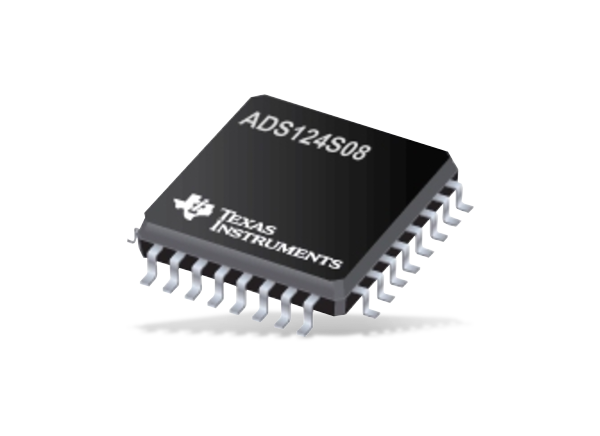

- #Low latency analog to digital video converter how to
- #Low latency analog to digital video converter software
The LTC2400 product family (see product family tree in Figure 1) is divided into single-ended and differential input devices. The absolute accuracy of the LTC2400 family is demonstrated using a bridge sensor in a weigh scale application. Many designers have found that higher speed ADCs with averaging do not meet the one-shot performance of the LTC2400 family. One misconception commonly solved by designers using the LTC2400 family is the relationship between speed and resolution. This enables direct digitization of many sensors while removing problems associated with front-end offset and gain errors as well as simplifying tare adjustments. One such advantage is the elimination of front-end amplification. The products’ ease-of-use and high accuracy without the need for calibration, external clocks or complex interfaces enables designers to rethink their system architectures.Īlthough 24 bits may seem excessive to some, many designers find significant advantages with these higher resolution converters.

Linear Technology’s Delta-Sigma analog-to-digital converter product family simplifies a variety of applications. You bring the dedication and creativity, and this course will bring you the knowledge to make that happen.No Latency Delta-Sigma ADC Techniques for Optimized Performance If you have an idea in your head, it will take numerous steps, each with an important tool, to reach your audience. Creativity is a product of the mind and will stay there, unexpressed, until the right tools are used in the right way to share it with the world. In the end, the music production process relies on your creativity. We will look at compression, equalization, and delay, and examine the many audio effects that are offshoots of these devices and how they are used in a musical context. Sound must also be processed, modified from its recorded state to fit the context of the music. The mixing process, however, includes more tools than the mixing board provides on its own.
#Low latency analog to digital video converter software
We will explore the basic functionality of both hardware and software mixing boards, including volume, pan, mute, solo, busses, inserts, sends, and submixes.
#Low latency analog to digital video converter how to
We will focus on the editing tools that are essential in contemporary music production and that all DAWs provide.Īfter editing, sounds must be combined or mixed together, so we look to the mixing board-a very creative place if you know how to use it. The contemporary editing tool is the Digital Audio Workstation (DAW), a piece of software that stores and organizes all the assets of a musical project. It allows us to give the impression of perfect performances and create many of the sounds we hear in contemporary music. Once recorded, sound must be organized along a timeline, a process known as editing. We will then examine the components necessary to record audio into a computer, so that you understand the devices that sound must travel through in a music production process.

We will start with some background on the nature of sound and how we perceive it. Each lesson of this course will demonstrate a different set of music production tools, loosely following along the music production process of recording, editing, and mixing. No matter what kind of music you are making, there is a large set of tools that you will need to use. Producing music requires knowledge, dedication, and creativity. But, if you dig deeper, you will find that it is not so easy. Anyone can make an album for the low cost of a couple pieces of gear and a software package.

Albums are made in bedrooms as well as studios. With the recent introduction of high-quality-low-cost software and hardware, the tools of music production are now available to the masses. Learn about the music production process-including recording, editing, and mixing-and the tools available to you to create contemporary music on your computer.


 0 kommentar(er)
0 kommentar(er)
